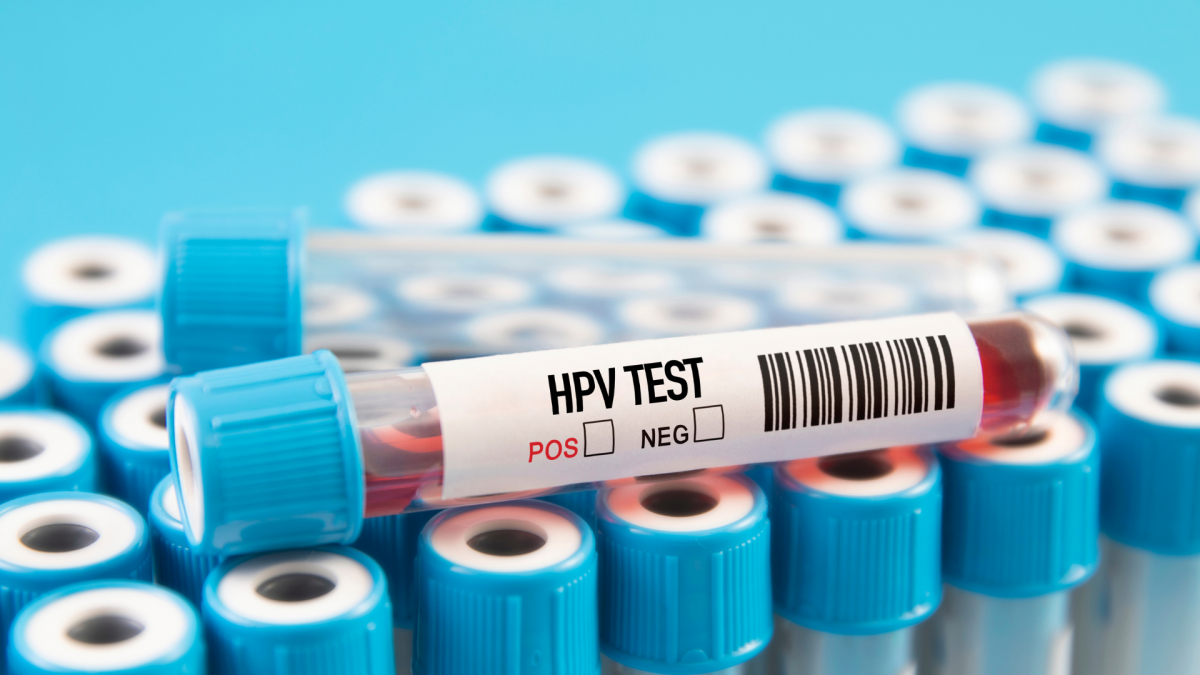Human Papillomavirus (HPV) is a virus that spreads through sexual contact and is a leading cause of cervical cancer. HPV DNA testing is an essential tool for the early detection of HPV infection and assessing the risk of cervical cancer. This article provides an in-depth explanation of HPV DNA testing, including its basic principles, procedures, benefits, and implications.
What is HPV DNA Testing?
HPV DNA testing is a diagnostic method used to detect the DNA of the HPV virus in cervical cell samples. Unlike the Pap test, which only detects changes in cervical cells that may be caused by HPV infection, HPV DNA testing directly searches for the presence of viral genetic material. This test is crucial for determining if an individual is infected with high-risk HPV types that can lead to cancer.
Basic Principles of HPV DNA Testing
HPV DNA testing employs molecular biology techniques to detect the presence of HPV DNA in cervical cells. This test can identify the specific types of HPV present, particularly high-risk types such as HPV types 16 and 18, which are strongly associated with cervical cancer. Knowing the HPV type helps healthcare providers assess the risk of cervical cancer and plan appropriate follow-up actions.
Procedure of HPV DNA Testing
-
Sample Collection: The test is usually performed during a routine gynecological examination. A sample of cervical cells is collected using a specialized brush known as a cervical brush. This process is relatively painless and takes only a few minutes. The collected sample is then placed in a preservative solution to maintain cell integrity.
-
Sending the Sample to the Laboratory: After collection, the sample is sent to a laboratory for analysis. In the lab, DNA is extracted from the cervical cells and tested using techniques such as Polymerase Chain Reaction (PCR) to detect HPV DNA.
-
Analysis and Interpretation: The laboratory analyzes the sample to determine the presence of HPV DNA. If HPV DNA is detected, the specific type of HPV is identified. Results are categorized based on the associated risk of cervical cancer, such as high or low risk.
-
Result Reporting: Test results are usually available within a few weeks. The results will indicate whether HPV DNA was detected and which HPV types were found. HPV DNA testing is often performed alongside the Pap test to provide a comprehensive view of cervical health.
Benefits of HPV DNA Testing
-
Early Detection of HPV Infection: HPV DNA testing can identify HPV infection at an early stage, even before symptoms or cervical cell changes occur. This allows for early intervention and prevention of the infection progressing to cancer.
-
Assessment of Cervical Cancer Risk: By identifying the type of HPV present, this test helps assess the risk of cervical cancer. Certain HPV types, such as 16 and 18, carry a higher risk of leading to cervical cancer compared to others.
-
Guidance for Follow-Up: HPV DNA test results can guide healthcare providers in planning follow-up care. If high-risk HPV types are detected, additional monitoring or tests such as colposcopy (a detailed examination of the cervix using a special microscope) may be recommended.
-
Cancer Prevention: Using HPV DNA testing as part of routine screening programs can improve cancer prevention efforts. Early identification and management of HPV infection can significantly reduce the risk of cervical cancer.
Who Should Have HPV DNA Testing?
HPV DNA testing is generally recommended for women aged 30 and older as part of cervical cancer screening. For women under 30, the Pap test is more commonly used, but combining Pap and HPV DNA tests can provide a more comprehensive assessment. HPV DNA testing is also recommended for women with previous abnormal Pap test results.
When is HPV DNA Testing Performed?
HPV DNA testing is typically performed every 5 years as part of routine cervical cancer screening for women aged 30 and older. In some cases, more frequent testing may be recommended based on an individual's health history and previous test results.
Implications of HPV DNA Test Results
-
Positive Results: If the test detects HPV DNA, it indicates an HPV infection. This does not necessarily mean cancer is present but suggests a higher risk. The healthcare provider will evaluate the results along with the Pap test and may recommend further actions such as colposcopy.
-
Negative Results: If no HPV DNA is detected, it indicates that no HPV infection was found at the time of testing. However, since HPV can be transmitted and may not always be detected, regular screening remains important.
PT Isotekindo Intertama's flagship product for HPV DNA sampling is the JIANGSU Disposable Sampling Box. This single-use tool is specifically designed for the safe and efficient collection of Human Papillomavirus (HPV) DNA samples, making it ideal for laboratory testing.
The advantages of this product include:
-
Single-Use Design: JIANGSU Disposable Sampling Box is designed for single use, reducing the risk of cross-contamination between samples.
-
Safe and Efficient Sampling Tool: Specifically designed for collecting HPV DNA samples, this tool ensures a safe and efficient sampling process, which is crucial for accurate laboratory testing.
-
Early Detection of HPV Infections: JIANGSU Disposable Sampling Box enables early detection of HPV infections, a major risk factor for cervical cancer, allowing for timely intervention and treatment.
-
Official Distribution: PT Isotekindo Intertama is the official distributor of the JIANGSU Disposable Sampling Box, ensuring the authenticity and quality of the product.
References
-
Centers for Disease Control and Prevention (CDC): "HPV and Cancer." Accessed from CDC. CDC provides information on the relationship between HPV and various types of cancer, as well as guidelines on HPV testing.
-
American Cancer Society: "HPV Testing." Accessed from American Cancer Society. This organization offers comprehensive guidance on HPV testing, its benefits, and screening procedures.
-
National Cancer Institute: "Human Papillomavirus (HPV) and Cancer." Accessed from NCI. NCI provides detailed information about HPV, its impact on health, and HPV testing.
-
World Health Organization (WHO): "Human papillomavirus (HPV) and cervical cancer." Accessed from WHO. WHO offers global information on HPV and efforts to prevent cervical cancer.
-
Ministry of Health Registration: The product is registered with the Indonesian Ministry of Health, ensuring that it meets stringent safety and quality standards.
-
High-Quality Materials: Made from high-quality materials designed to maintain sample integrity, the tool ensures that HPV DNA remains stable and intact during the collection and transport process.






